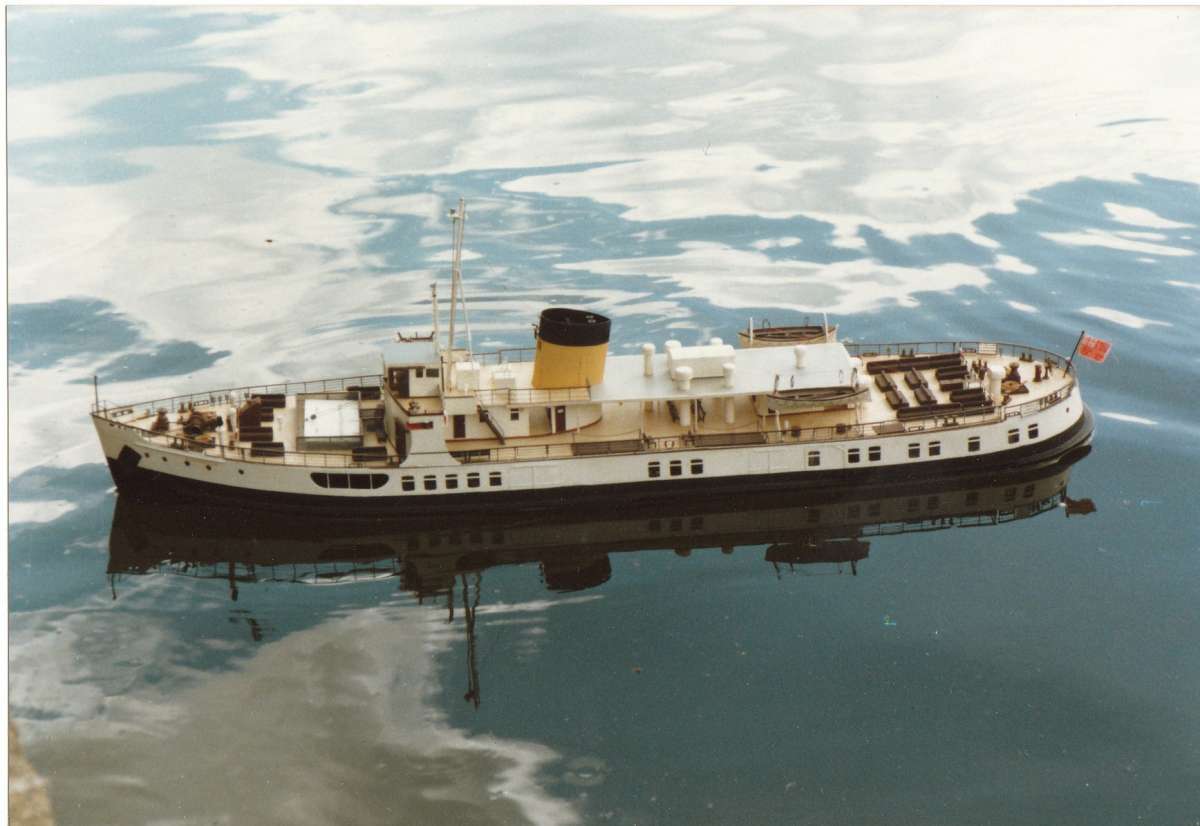“Mixing”, as the name suggests is simply combining two functions into a single command from your transmitter. The aircraft hobby uses it a lot more than the model boat hobby.
It can be of value when controling a model boat when, for instance you have two shafts and you want to combine the operation of the shafts independantly for steering so you mix the rudder function with the shaft speed. i.e. for shallow turns one shaft might slow down and the other might remain at a faster speed but for tight turns the inside shaft might stop or even go astern while also applying rudder. This can all be done by mixing in the transmitter where one channel can be set up to respond to a command in another channel.
That’s as far as I go I’m afraid! I’ve never used it and I never intend using it as I see it as far too complicated for my purposes and, above all, I want my models to operate as simply as possible. I’m quite happy operating two shafts independently and apply rudder as and when I feel it needs it. But that’s just me. I’ve also seen an example where stabilisers were ‘mixed’ in with the rudder command such that turning the rudder also applied an appropriate righting movement of the stabilisers to help prevent the model heeling over.
An “Exponential” relationship is simply a relationship between two variables that correspond to a mathematical formula whereby one variable, the ‘Y’ going up, is equal to the corresponding other variable, the ‘X’ going along, raised to a particular power, or exponent. When plotted they always give a graph that starts off very shallow but increase rapidly over time. Look at a graph of the population of the UK over the last 2000 years. That is the type of shape of an exponential relationship.
 Colin Bishop.
Colin Bishop.



